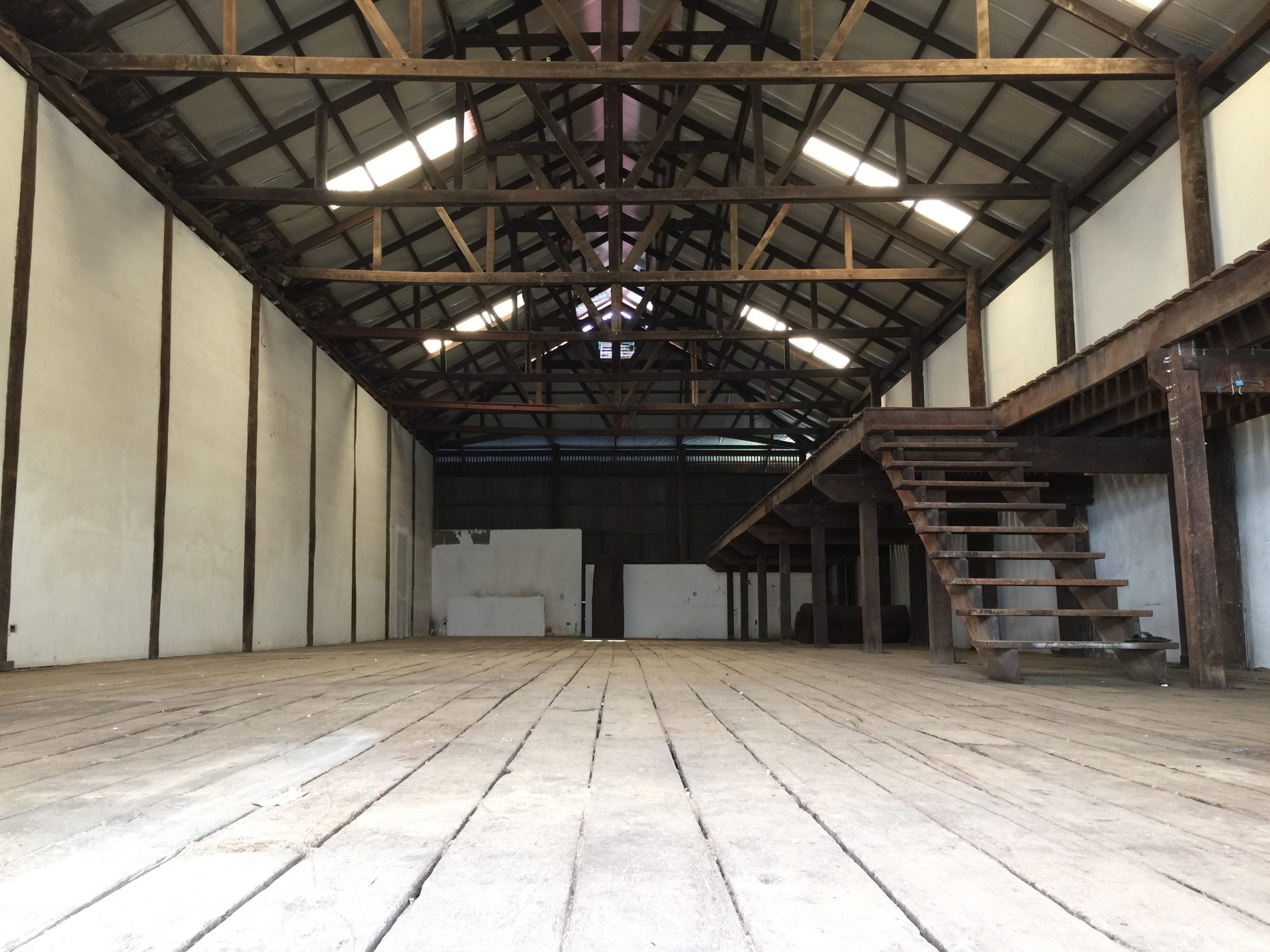
The construction of the warehouses appears on maps starting in 1925-1941. We assume the original purpose was to store rice collected from mills before export. As for the World War era, the Japanese army used the warehouses for general storage and were never bombed by the Allies. From the time the Chavanichs owned the warehouses, they were used for storage or raw materials and industrial products. Any unused space was rented out to a wide variety of industrial tenants and they continued to be used for storage until rental for the dilapidated buildings became very low. The use of the warehouses has changed over the decades. The minerals and raw storage changed to tractors and agricultural equipment before locomotive engine parts and railway station furniture made their way inside. The original wooden floors, exposed beams and steel structure retained a heritage look. It was during the 1970s that all those items were moved out and businesses like Michelin Tires and Triumph took over the warehouses. The rent was low, so there was never a shortage of people willing to use these warehouses for storage.
.
When Prida Chavanich came to own the property, he considered tearing all the old warehouses down to construct a more modern three-story commercial center. The only thing that stopped him, besides the hefty construction costs, was the fact he would never be capable of recouping those costs through the rent. Since the city’s business center had moved away from the river after the war, there was no way he could charge more for this space than any of the other buildings in this older part of town.